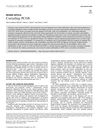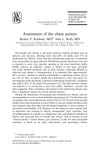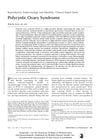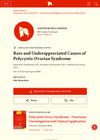How to Diagnose a Lipodystrophy Syndrome
June 2012
in “
Annales d'Endocrinologie
”
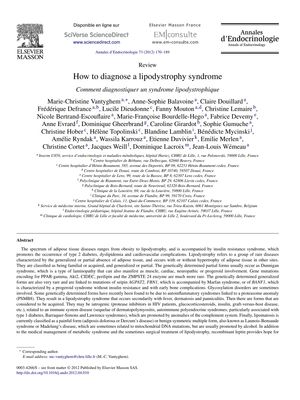
TLDR The document concludes that recognizing and properly diagnosing lipodystrophy syndromes is crucial for effective management and treatment.
The document from 2012 reviews lipodystrophy syndromes, which are characterized by abnormal fat distribution and are associated with insulin resistance, potentially leading to type 2 diabetes, dyslipidemia, and cardiovascular complications. These syndromes can be either genetic or acquired, with various forms such as Dunnigan syndrome and mutations in specific genes like PPAR-gamma, Akt2, and AGPAT2. The document details the diagnostic approach, including patient history, physical examination, laboratory and paraclinical testing, and genetic analysis. It also discusses the clinical presentations of different genetic mutations and acquired forms of lipodystrophy, as well as therapeutic options like medical management, surgical treatment, recombinant leptin, and modifications in antiretroviral treatment. Additionally, it covers benign multiple symmetric lipomatosis and Dercum disease, along with their treatments. The document emphasizes the importance of recognizing these syndromes for proper diagnosis and management, noting that they are under-recognized and provide insights into metabolic syndrome.

